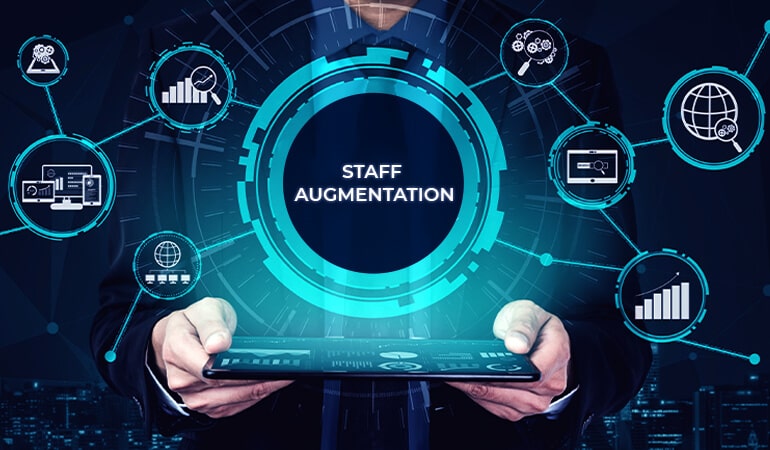Agile Project Management has revolutionized the way businesses manage their application services. Innerworks International leverages Agile principles to accelerate delivery, enhance collaboration, and focus on customer value throughout every phase of software development and maintenance. Agile’s emphasis on iterative progress, flexibility, and transparency makes it the ideal methodology for organizations aiming to stay competitive and responsive in a fast-evolving digital landscape.
Understanding Application Services and Their Challenges
Application services encompass development, integration, optimization, and ongoing maintenance of software applications. Organizations often struggle with long delivery cycles, ambiguous requirements, technical debt, and siloed teams that hinder efficient collaboration. Traditional project management approaches tend to be rigid, resulting in delayed releases and misaligned expectations. Innerworks International recognizes these challenges and applies Agile frameworks to eliminate inefficiencies and bring clarity to complex application projects.
How Agile Project Management Transforms Application Services
Agile drives significant transformation in application services by breaking work into manageable increments called sprints. This results in faster time-to-market and the ability to quickly adjust priorities based on feedback. Innerworks International uses Agile to foster seamless collaboration among developers, operations, and business stakeholders, ensuring all voices contribute to the product’s success. Regular sprint reviews and retrospectives increase transparency and promote continuous learning, enabling teams to adapt to evolving business goals.
Core Agile Practices for Streamlining Application Services
Innerworks International employs several core Agile practices tailored to streamline application services. The Scrum framework is widely used, incorporating sprint planning, daily stand-ups, sprint reviews, and retrospectives to keep teams aligned and focused. Kanban boards visualize workflows and help reduce bottlenecks, providing real-time insight into project status. Continuous Integration and Continuous Deployment (CI/CD) pipelines automate testing and release processes, accelerating delivery while maintaining quality. Prioritizing work through well-defined user stories and backlog management ensures that development efforts always align with delivering the highest business value.
Benefits of Agile in Application Services
Adopting Agile methodologies with Innerworks International leads to multiple benefits. Teams respond faster to market changes and customer needs, reducing the time between idea and deployment. Software quality improves as iterative testing identifies and resolves defects early. Agile also bridges the gap between IT and business units, fostering shared ownership of goals and outcomes. Incremental delivery drives higher customer satisfaction by continuously providing functional improvements instead of waiting for large, infrequent releases.
Best Practices for Implementing Agile in Application Services
Innerworks International advocates starting Agile adoption with pilot projects to build confidence and gather lessons before scaling across the organization. Comprehensive training ensures that teams fully understand Agile values, ceremonies, and tools. Active engagement from stakeholders at all levels helps align expectations and secure ongoing support. Using Agile project management software enhances visibility into progress and bottlenecks, enabling proactive decision-making. Finally, cultivating a culture of continuous improvement encourages teams to reflect and adapt, maximizing Agile’s benefits over time.
Real-World Example: Agile in Action for Application Services
A multinational client of Innerworks International recently transitioned to Agile for their application services. Before Agile adoption, their average release cycle was six months, with frequent miscommunications causing delays and rework. After implementing Agile practices, including Scrum sprints and CI/CD automation, release cycles shortened to six weeks. Defect rates dropped by 40%, and stakeholder satisfaction improved significantly. This success story demonstrates how Innerworks International’s Agile expertise drives measurable business value by streamlining application delivery.
Common Mistakes to Avoid
Even with Agile’s flexibility, some pitfalls can derail projects. Innerworks International warns against treating Agile as a rigid set of rules rather than a mindset focused on collaboration and adaptability. Skipping retrospectives or ignoring feedback loops prevents teams from learning and improving. Poor backlog grooming can lead to unclear priorities and wasted effort. Overloading teams without considering their capacity causes burnout and reduces productivity. Awareness of these common mistakes helps organizations navigate Agile adoption more effectively.
The Future of Agile in Application Services
Agile continues to evolve as it integrates with emerging technologies like AI and automation. Innerworks International stays at the forefront by combining Agile with DevOps practices to further streamline application development and operations. Scaling Agile across enterprise-level application services involves hybrid approaches that balance agility with governance and compliance. As businesses demand faster innovation and more reliable delivery, Agile will remain an essential framework for managing application services efficiently.
Takeaway
Innerworks International’s application of Agile Project Management delivers streamlined, efficient, and high-quality application services. Agile’s iterative approach, strong collaboration, and focus on customer value enable organizations to respond rapidly to change while maintaining alignment across teams. Starting with small pilot projects and following best practices ensures sustainable Agile adoption. Organizations that partner with Innerworks International unlock long-term value and a competitive edge by harnessing Agile to optimize their application services.
FAQs
What types of application services benefit most from Agile?
Agile is highly effective for development, integration, and ongoing maintenance of complex applications where requirements evolve frequently and fast delivery is critical.
How long does it take to see results from Agile adoption?
Results often begin to appear within a few sprints or weeks, but full benefits usually emerge over several months as teams mature in Agile practices.
Can Agile work for both in-house and outsourced application services?
Yes, Agile fosters transparency and collaboration, which improves outcomes for both internal teams and outsourced vendors.
How does Agile differ from DevOps in application delivery?
Agile focuses on project management and iterative development, while DevOps emphasizes continuous integration, deployment, and operations. Combined, they accelerate and stabilize application delivery.











